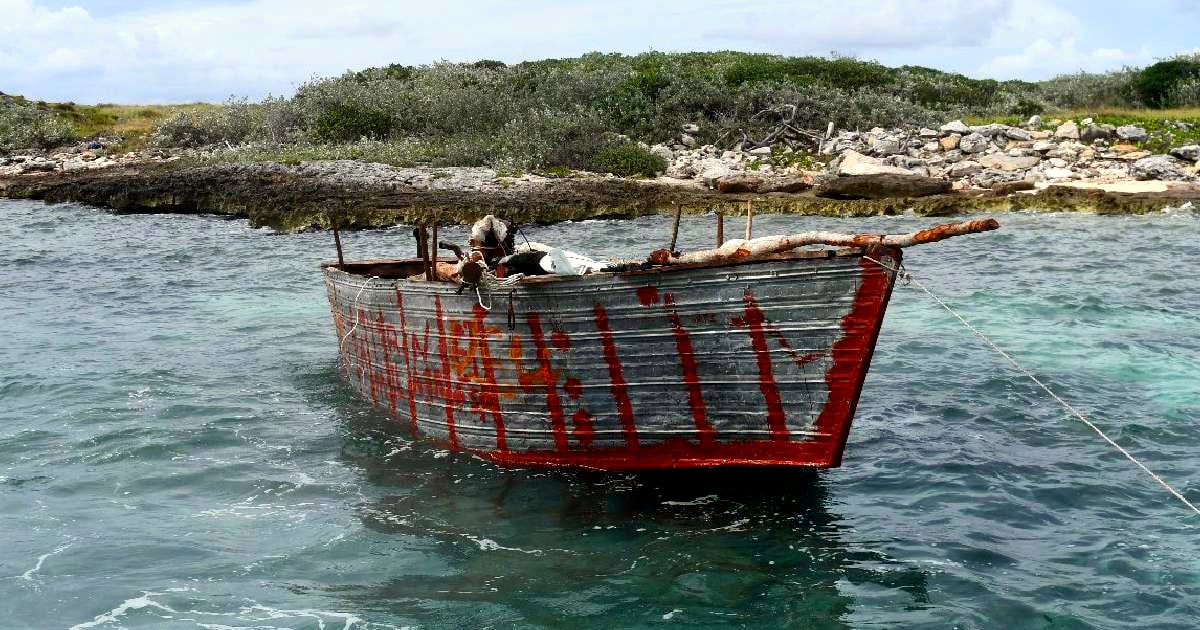
The predictions came true and 2024 is on track to become the second fiscal year with the highest influx of Cubans at the southern border of the United States, with more than 208,000 asylum seekers.
Data from the Customs and Border Protection (CBP) office reports the arrival of 208,308 Cubans at U.S. border points through August of the current fiscal year (FY 2024), which began in October 2023 and ends this September.
The figure confirms the trend that has been detected since April (mid-FY 2024), when the data showed a greater influx than that recorded during the months of January, February, and March of 2023.
Approaching its conclusion, the current fiscal year marks December as the month with the highest number of encounters of Cubans at border points in the United States, with 25,048 recorded.
Compared to 2023 (200,287 asylum applications), the current fiscal year showed a more or less stable behavior in the flow of Cuban migrants to the United States, with August being the month with the least activity (11,744 encounters).
The difference is notable compared to the behavior recorded in the previous fiscal year, during which the first quarter (October, November, and December) had a high flow of Cuban migrants, which declined over the following months. While 44,079 migrants from the Island arrived at border points in December, the number fell to 6,534 Cubans in February.
The graph produced by CBP shows that the trend in 2024 of the migratory flow of Cubans to the United States has been declining. From the peak reached in December, the curve has started to progressively decline until August, which does not prevent the total encounters from being the second highest since 2021.
It is striking the number of Cubans who have been intercepted by authorities at sea or on the U.S. coasts just before the end of the current fiscal year: 65,911. This number is obtained by subtracting the total number of encounters (208,308) from those that occurred at the northern border (362) and those at the southern border (142,035).
It is also noteworthy the number of 'Individuals in a Family Unit (FMUA)' recorded so far this year (69,187), the highest since 2021. The current fiscal year also registers the highest number of accompanied minors at the border points (650).
A report from late August by the Missing Migrants Program of the International Organization for Migration (IOM) revealed that the dangerous maritime journey from Cuba to the United States has claimed the lives of at least 142 rafters so far in 2024.
The data shows that the crisis in Cuba continues to cause a massive and irregular exodus from the Island to the United States, despite the Biden administration's efforts to channel this flow through legal avenues such as humanitarian parole.
To the 208,308 Cubans who were intercepted at the borders during the current fiscal year, we would have to add those who arrived in the United States thanks to the humanitarian parole implemented by the Biden administration.
It is estimated that since the start of the program in 2023 and until July 2024, about 110,000 Cubans were examined and authorized to travel, which means that to the 208,308, approximately 50,000 more Cubans should be added, resulting in a total close to a quarter of a million Cubans who emigrated through various means to the United States during the fiscal year 2024.
In mid-April, on the eve of the 38th Round of Cuba-United States Migration Talks to be held in Washington, the regime in Havana acknowledged that the current migration crisis is "the largest in the history of Cuba," but blamed the United States for its pressure policies and for encouraging Cuban emigration with "extraordinary and artificial incentives."
For their part, U.S. authorities remind time and again that the borders are not open to individuals who do not have a legal basis to enter the country, and that those who attempt to do so irregularly will be subject to expulsion according to what is established in Title 8.
What do you think?
COMMENTFiled under: